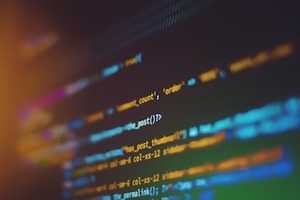IP addresses are unique addresses used in the identification of every device on a network. They have used to layout the structure of a network cleverly and separate the different kinds of devices that make up the network. There might be hubs and routers on a network that all work towards the streamlined flow of information through the network, and these too have addresses to identify them. The IP addresses are also used to separate the networks into segments that make the large networks easier to manage and improve the flow of networks through the subnetworks identified by the IP addressing scheme used.
Network segmentation works to separate all the different network devices on the networks. It is a useful way of ensuring that there is nothing that can get into a portion of the network it has not been allowed to. By logically separating the networks, the information-based applications run on them tend to work more efficiently and ensure the security and safety of all the information on the network. This is also one way of making sure that the information users of the network get to make use of the resources on the network more accurately once they have learned about each of the networks’ location.
A network that has been segmented is much easier to manage and does not take much to identify where it performs well and where there are performance issues. The network’s performance is also streamlined with the segmentation. No matter the network’s size, it remains easy to run and maintain, where users will not have to worry about accessing any of the segments. Routing of the network traffic is also much easier and more effective when there is a clear segmentation of the network.
In other situations, the networks are segmented to add access to the information systems on these networks. The networks that have been segmented will require different access levels, which means that the privileges given to every network user are different. This is why internet users will prefer to be on a segmented network to control the traffic that gets into and out of the networks. In this way, internet usage is much more effortless, affordable, and better controlled.
In conclusion, IP addressing works to uniquely identify every device on a network and is the reason networks are better organized when each has been assigned an address. Information security is also assured when the network has been segmented to ensure that each section is protected differently. There is no loss of information on the networks and the devices that are on the network. A lot of information is protected, and the resources on a network are safeguarded when the network has been broken into segments for better and easier administration.







